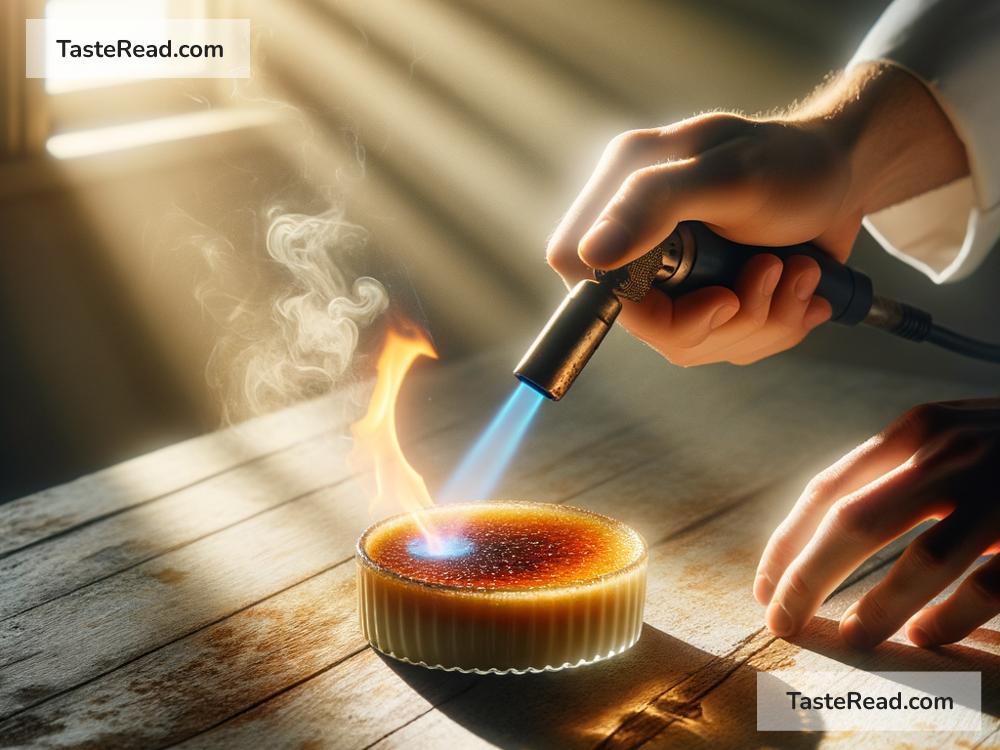The Science of Cooking with Light: Techniques and Tips
Cooking is an art, but it’s also a science. Every time you prepare food, you’re using heat, moisture, and energy to transform raw ingredients into delicious dishes. While traditional cooking methods rely on heat from fire or ovens, there’s another fascinating way to cook: with light! Yes, you heard that right—light can be used to cook food too. In this blog post, we’ll explore the science of cooking with light and share some simple techniques and tips so you can try it yourself.
What Does ‘Cooking with Light’ Mean?
Cooking with light refers to using light energy, usually in the form of infrared or ultraviolet (UV) rays, to heat food. Unlike stoves and ovens, which use flames or electric heat, light-based cooking relies on the power of electromagnetic radiation. Think of how the sun heats up the earth or how a magnifying glass can focus sunlight to create heat.
The most common tools for cooking with light include:
- Solar Cookers – Devices that use sunlight and mirrors or reflective materials to direct heat onto food.
- Infrared Grills – Grills that use infrared waves to cook food efficiently.
- Microwave Ovens – Appliances that use microwave radiation (a specific frequency of light) to heat food by exciting water molecules.
- UV Cooking Lamps – Though less common, UV light can treat food surfaces to kill bacteria or enhance flavors.
How Light Cooks Food (The Science)
To understand how light cooks food, let’s take a closer look at the science behind electromagnetic radiation. Light is made up of energy waves, and these waves carry heat. Depending on the wavelength, light can have different effects on food:
-
Infrared Light – Infrared light is often invisible to the human eye, but it produces heat. When infrared waves hit food, they excite the water and fat molecules inside. These molecules start moving faster, generating heat, which cooks the food.
-
Microwaves – Microwaves, a form of light, target water molecules in food specifically. The energy makes these molecules vibrate quickly, creating friction and producing heat. That’s why microwave ovens can cook food evenly and quickly.
-
UV Light – Ultraviolet light has shorter wavelengths that don’t cook food but can sterilize it by killing harmful bacteria. This makes UV light useful for food preservation and safety.
-
Solar Cooking – Sunlight contains infrared waves as part of its spectrum. Solar cookers amplify and focus this natural energy to produce heat, making it a sustainable way to prepare meals.
Benefits of Cooking with Light
Cooking with light offers unique benefits compared to traditional methods:
-
Energy Efficiency – Cooking with light, especially using solar power, reduces energy consumption. Solar cookers don’t require electricity or gas, making them eco-friendly.
-
Precision Cooking – Tools like infrared grills heat food evenly and precisely. They’re great for cooking delicate proteins like fish or steak.
-
Healthier Meals – UV lights can kill bacteria on the surface of fruits, vegetables, or meat, helping reduce the risk of foodborne illnesses.
-
Versatility – Light-based cooking methods can be used anywhere, from your kitchen to outdoor camping trips with a solar cooker.
Techniques and Tips for Cooking with Light
If you’re ready to try cooking with light, here are a few techniques and tips to get you started:
1. Using a Solar Cooker
Solar cookers are a fun and environmentally friendly way to cook outside on sunny days. To use one:
– Focus sunlight onto your cooker using the mirrors or panels provided.
– Make sure your food is in a dark pot or bowl to absorb heat (dark surfaces absorb sunlight better than shiny ones).
– Solar cooking works best for slow-cooking recipes, like soups, stews, or roasted vegetables. Be patient—it takes longer than cooking on a stovetop, but it’s worth it!
2. Infrared Grilling
Infrared grills are perfect for grilling steaks, burgers, and veggies. To use:
– Preheat your infrared grill for a few minutes to let the heat build up.
– Place your food directly on the grill and watch as it cooks quickly and evenly. Infrared grills are known for sealing in juices, making meats extra flavorful.
3. Maximizing Your Microwave
Microwave ovens rely on light energy (microwaves) to heat food. For best results:
– Cut your food into smaller pieces for more even cooking. Larger items sometimes have cold spots.
– Stir food halfway through heating to distribute temperatures better.
4. Experimenting with UV Light
While UV cooking isn’t widespread, UV light can be used to sterilize food. If you have a UV lamp at home, use it to clean fruit and vegetables before cooking. Always follow safety guidelines when working with UV lights!
What’s Next in Light-Based Cooking?
As science advances, cooking with light may become even more popular. Researchers are exploring the use of lasers and other types of focused light to cook food with incredible precision. Imagine being able to brown just the surface of a steak with a laser while keeping the interior perfectly rare!
Final Thoughts
Cooking with light might sound futuristic, but it’s a natural and sustainable way to prepare food. Whether you’re grilling using infrared heat, microwaving leftovers, or slow-cooking with the sun, light-based methods are worth trying. Not only do they save energy, but they also open doors to new cooking techniques and flavors.
So, the next time you’re in the kitchen (or out in nature), think about how you can harness the power of light. Experiment with tools like solar ovens or infrared grills, and enjoy the delicious results. Who knew that something as simple as light could turn into a powerful cooking tool?


